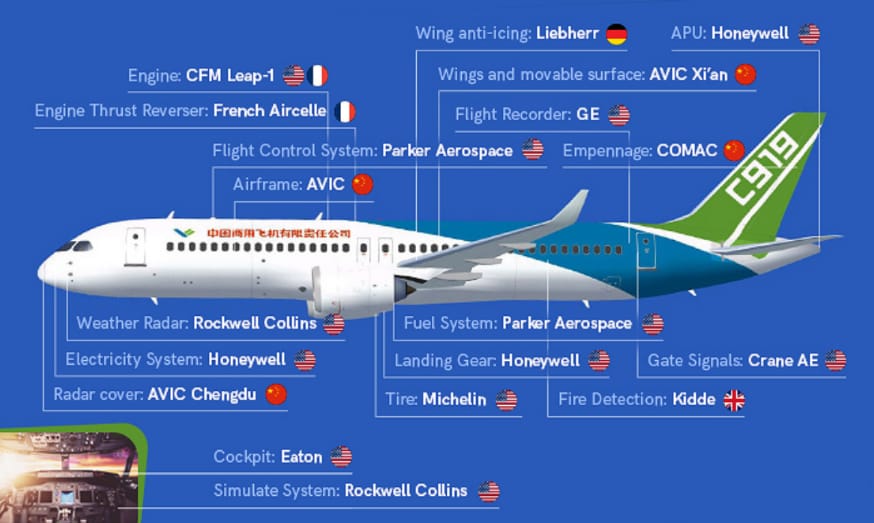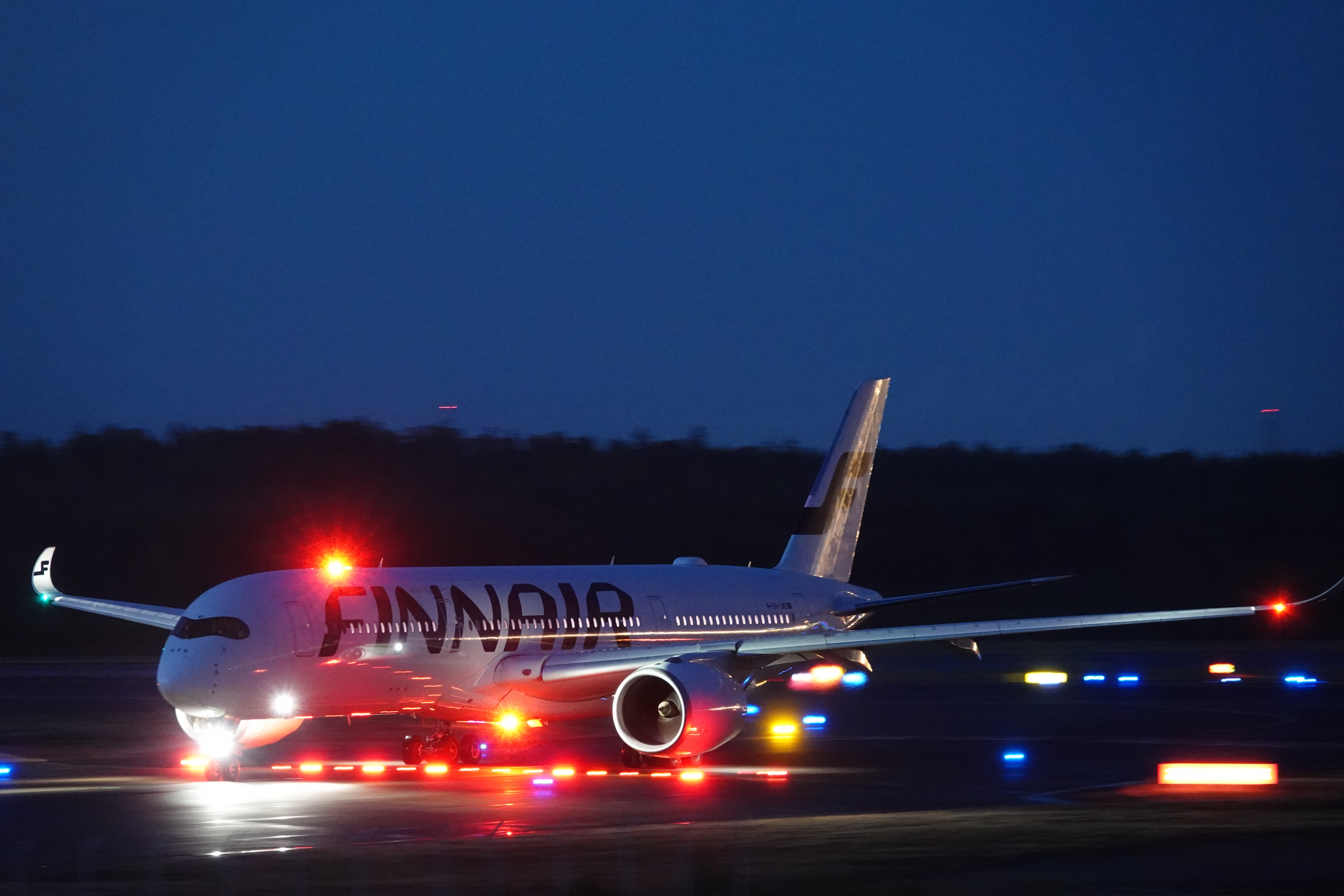Lockheed Martin, the lead developer of the project, has officially announced a possible delay in the delivery of the new APG-85 radar, which could affect the course of the entire program.
The main question now is: how to maintain the pace of production if the key part of the upgrade – the latest radar – is delayed?
Conflict between speed and reality
According to internal company correspondence, Lockheed Martin CEO Jim Ticlet personally issued a warning to the U.S. Air Force leadership: starting with the 17th production batch, there is a high risk of schedule failure due to the unavailability of the APG-85. To avoid stopping the assembly line, the company is proposing to redesign the forward fuselage of the aircraft so that both the new radar and its predecessor, the APG-81, can be installed there.
However, these changes will not be implemented before the 20th series. That is, the next batches of F-35s may be assembled without the promised technological upgrade.
The reasons for the delay remain behind the scenes. But experts point to one of the main difficulties - the creation of a compact AESA radar, which at the same time must meet all the requirements for integration into the existing aircraft architecture.
Who is responsible for the deadlines?
Interestingly, Northrop Grumman, the radar developer, warned in advance that the deadlines set by the Pentagon and Lockheed Martin were too ambitious. However, customers insisted on accelerating the process. Now the experts' predictions are coming true, and with them, problems on the production line.
To temporarily resolve the situation, Lockheed Martin purchased a stock of old APG-81 radars - they will be enough for the first batches. This will allow the conveyor to continue, but does not solve the issue of modernization in the long term.
Choosing between a pause and a compromise
If the situation does not stabilize, customer countries will have to make a difficult choice: either suspend deliveries of new F-35s or receive the aircraft without a full set of equipment. At the same time, not all partners of the program are ready to accept the APG-85 - some countries have not yet approved its installation.
The question also remains open: will the change in the fuselage design really be able to unify the fleet? After all, any deep modifications require additional testing, especially when it comes to an aircraft for which stealth is one of the key parameters.
When the CEO writes the letter
The fact that the head of the company personally brought the problem to the attention of the Air Force leadership speaks volumes. This is not just a technical delay, but a situation that has reached the level of strategic management. And if an effective solution is not found, this could become one of the most painful episodes in stories F-35 programs in recent years.









